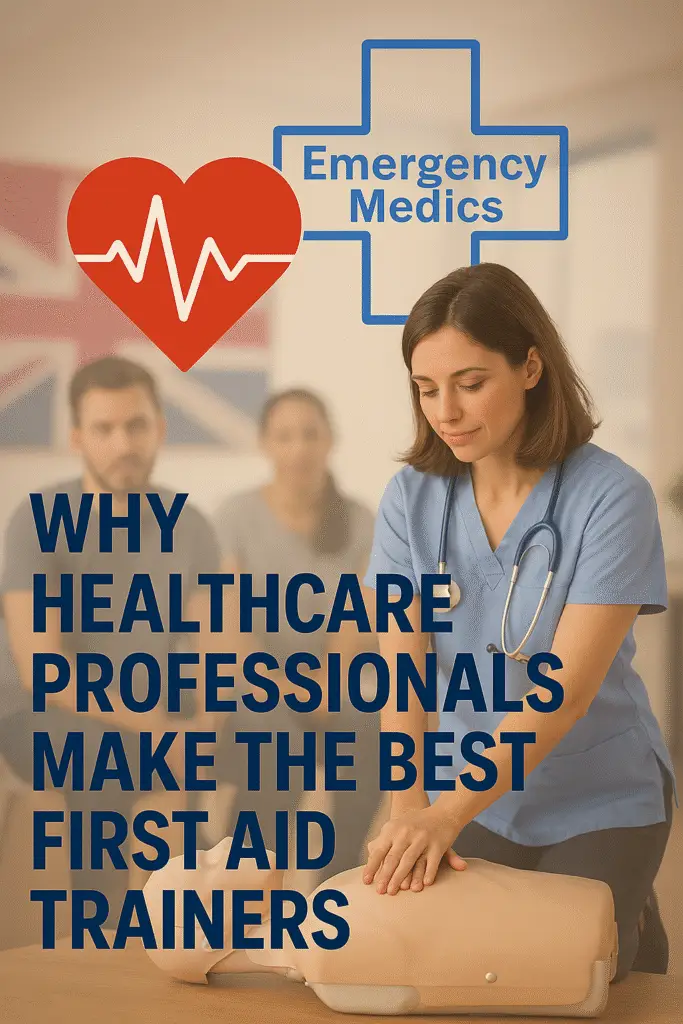Introduction
Minor burns can happen anytime—from kitchen accidents to touching a hot surface. Knowing the right treatment can prevent complications and speed up recovery. In this guide, Emergency Medics explains the essential steps for treating minor burns and when to seek medical help.
Step 1: Assess the Severity
Before applying first aid, determine the burn’s severity:
- First-Degree Burns: Redness, mild swelling, and pain (affects only the top skin layer).
- Second-Degree Burns: Blisters, intense pain, and deeper tissue damage.
If a burn is large, charred, or located on the face, hands, or joints, seek immediate medical care.
Step 2: Cool the Burn Immediately
- ✅ Remove non-adherent clothing and potentially restricting jewellery.
- ❌ Do not attempt to remove tar stuck to the skin.
- ✅ Within 20 minutes of the injury, irrigate the burn with cool or tepid running water for 15–30 minutes.
- ❌ Do not use ice or very cold water, as it may cause vasoconstriction and deepen the wound.
- ✅ If water is unavailable, use wet towels or compresses.
- ✅ Ensure warmth with coats, sheets, or blankets to avoid hypothermia, especially when cooling large areas of skin in children and the elderly.
Step 3: Apply a Gentle Dressing
- ✅ Immediately after cooling, cover the burn using cling film.
- ✅ Lay layers of cling film over the burn rather than wrapping circumferentially, to prevent constriction.
- ✅ If cling film is unavailable, use a clean cotton sheet.
- ✅ A clean, clear plastic bag can be used for burns on the hand.
- 🚫 Do not apply topical creams at this stage, as they can hinder wound assessment.
Step 4: Manage Pain and Swelling
- ✅ Take ibuprofen or paracetamol for pain relief.
- ✅ Keep the affected area elevated to reduce swelling.
- ✅ Drink plenty of water for hydration.
Step 5: Avoid Infection Risks
- 🚫 Do not pop blisters, as they protect the skin.
- ✅ Wash hands before touching the burn to prevent bacteria transfer.
- 🚨 Watch for infection signs like pus, redness, or excessive warmth.
Step 6: When to Seek Medical Help
Seek a healthcare professional if:
- 🚨 The burn is deep, large, or worsening.
- 🚨 Pain or signs of infection develop.
- 🚨 The burn is on the face, hands, joints, or sensitive areas.
Conclusion
Correctly treating minor burns minimizes pain, speeds healing, and prevents complications. Follow these steps to ensure safe and effective first aid.
For expert first aid training and emergency medical cover, contact Emergency Medics today!
🔗 Click here to learn more





